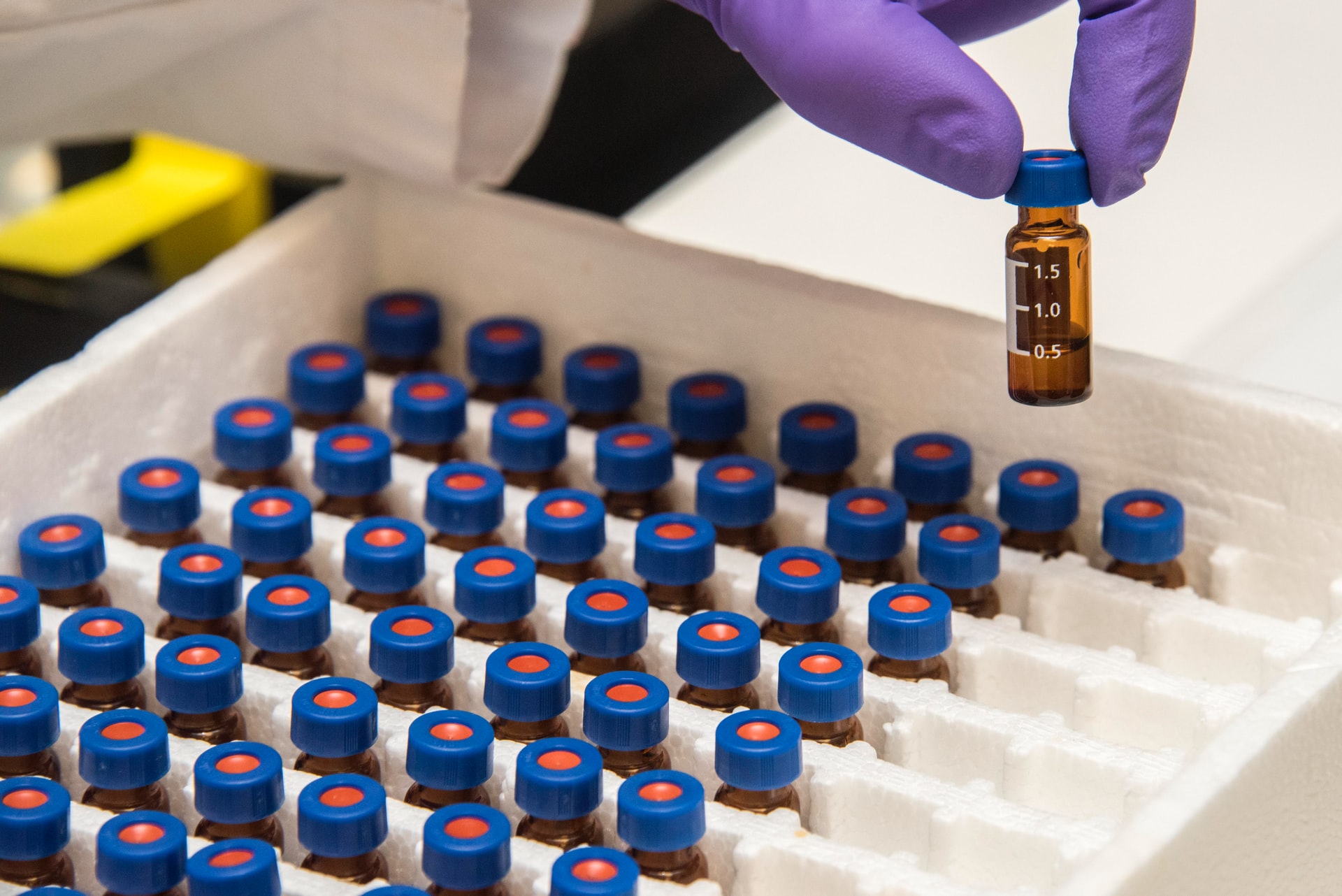The Comprehensive in vitro Proarrhythmia Assay (CiPA) is a Safety Pharmacology paradigm for discovering electrophysiological mechanisms, led by the US FDA. The purpose is to improve preclinical cardiac safety evaluation and lower unwanted drug attrition. The CIPA assay is used to measure the electrophysiology of human heart arrhythmias. This is a non-invasive test that is based on the principle of Barrose’s contractions. It has been found out that this type of test can be very accurate in detecting arrhythmias that may not be easily detectable using other means, such as echocardiography. Through the help of a cardiac monitor, the patient can easily determine the electrical activity of their heart. The CIPA uses two electrodes that are placed firmly on the patient’s chest and are connected to an electroencephalograph (EEG) monitor that is continuously transmitting an image of the electrical activity of the heart to the machine.

What Is Cipa Assay About?
Basically, there are three types of measurements that are involved in the Cipa assay. First, the output from the EKG reveals the activity potential (the maximum or average) of the contractions in the heart. The second one is the conductivity measurement, which is measured by the change in the electrical conductivity of the heart muscle. Finally, the cardiac ion flux is determined by the variations in the quantity and/or the percentage of the positive charge in the human stem cell-derived cells. Based on the results of the EKG and the conductivity measurement, the human stem cells are isolated and analysed. From the data obtained from the analysis, the PIs or proteins are identified and studied further for abnormalities. If there are abnormalities, the researchers can predict the possible mechanisms responsible for the arrhythmias. By isolating the affected areas and determining the function of the cardiac ion channels, the researchers are able to prevent the occurrence of future heart diseases.

Further Insight
Cipa assay is currently being utilised in clinical trials worldwide to screen patients with high blood pressure, atrial fibrillation, ventricular tachycardia, ventricular fibrillation, atrial flutter, arrhythmias caused by left ventricular dysfunction, atrial flutter with conduction defects, ventricular tachycardia, atrial fibrillation, ventricular fibrillation, atrial hemocyte type II maturation, long-term ventricular tachycardia, congenital arrhythmias, and premature congenital heart disease. The test has proven to be very useful for cardiologists in detecting the early symptoms of these disorders. This test can also reveal the presence of arrhythmias in individuals who have previously not been diagnosed with any of these disorders. The copy test is also commonly used in the acute-care setting to detect cariogenic shock in patients with mild to moderate heart failure.


A freelance science writer specialising in emerging technologies, collaborative research projects, and making complex scientific concepts accessible to a wider audience.


